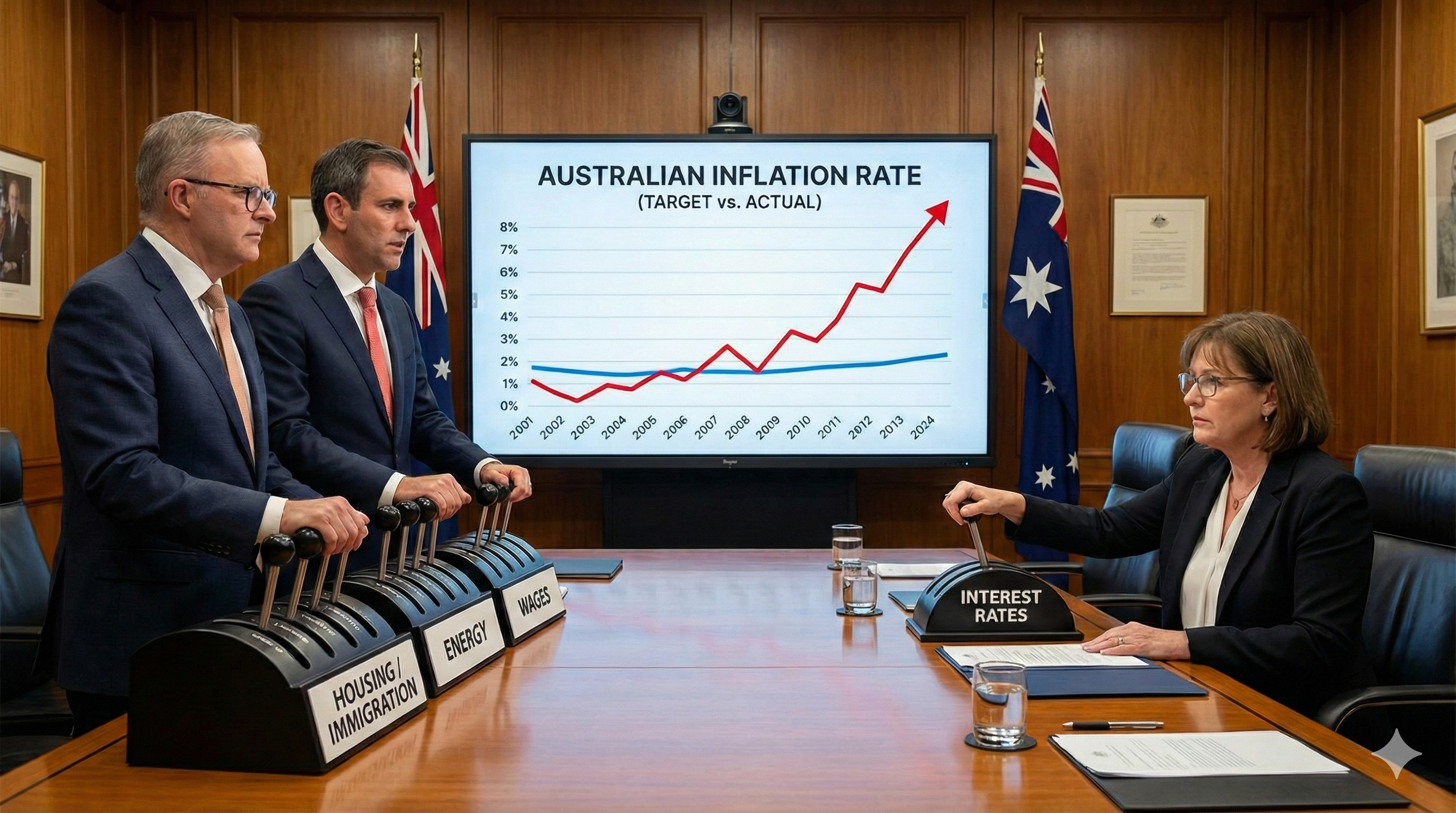What are the differences between investing in ETFs and Direct Shares?

Broadly speaking, investing in either direct international shares or in international Exchange Traded Funds (ETFs) will provide investors with greater diversity and exposure to foreign markets in their portfolio. Yet, what might appear to be the same on the surface is actually quite different underneath. In exploring these two options in more detail you’ll find that the differences are very pronounced and the argument for investing in direct stocks becomes much more compelling. Let’s look at the reasons for holding direct international shares over international ETFs in greater detail.
What are the advantages of holding direct shares instead of ETFs?
A direct international share portfolio can be actively managed to not just simply reflect a particular country's market index, but ensure exposure to a variety of companies with the same product or service that are based in different countries.
It's important for investors to be aware that ETFs have what’s known as an expense ratio. This is a measure of what percentage of a fund's total assets are required to cover various operating expenses each year. This has an effect on total returns ie. the higher the expense ratio the lower the total returns will be for investors.
Although ETFs have diversity of the underlying shares, they can be affected by market volatility. The potential for large swings will mainly depend on the type of the fund. For instance, an ETF that tracks a specific industry such as oil or gas services.
The viability of an ETF can be dependent on the economic and social stability of a particular country. Investors need to take note of what the ETF is tracking and what are the underlying risks associated with it. You don’t want to be lulled into thinking that because some ETFs offer low volatility, that all ETFs are the same.
One of the biggest detractors for investing in ETFs is liquidity. That is when you buy something, is there is enough trading interest that you will be able to get out of it relatively quickly without moving the price. If an ETF is thinly traded there can be problems getting out of the investment, depending on the size of your investment in relation to the average trading volume. You need to make sure an ETF is liquid before investing in it.
Because different ETFs treat capital gains distributions in various ways, it can be a challenge for investors to have the control they need and would get from direct share holdings.
With ETFs, investors typically don’t have a say in the individual stocks in an ETF's underlying index. This means that an investor looking to avoid a particular company or industry for a reason such as moral conflict does not have the same level of control as an investor with direct individual share holdings.
Making sound investment decisions requires knowing all of the facts about a particular investment vehicle. Now that you know just some of the differences between a well-managed direct international share portfolio and an ETF will help you understand the potential pitfalls and opportunities.
Sources: https://www.investopedia.com/articles/mutualfund/07/etf_downside.asp







